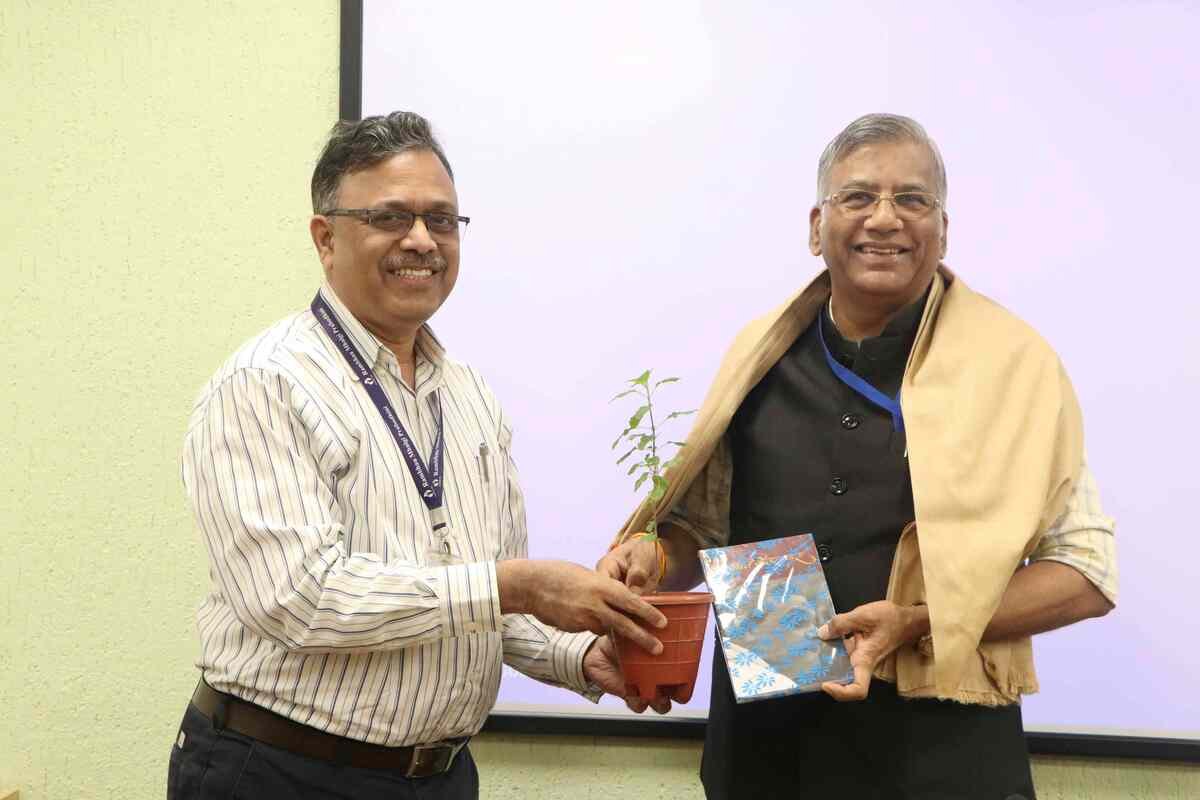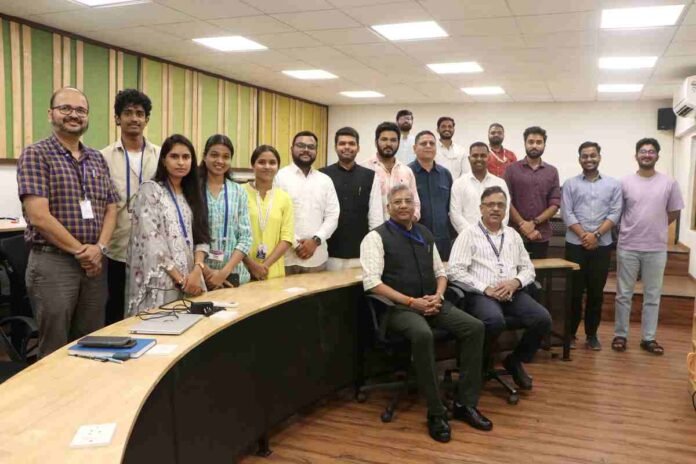RMP IIDL PG students learn about education, trade, judiciary & governance in ancient India
Mumbai: 10th February: In a globalized world, knowledge from allover is available at one’s fingertips. Blending the wisdom from different eras is today looked at as the way forward in managing both, personal and professional life. Such leadership groomed in the best practices, goes a long way in shaping a prosperous society. The nine-month postgraduate program of Indian Institute of Democratic Leadership (IIDL), an initiative of Rambhau Mhalgi Prabodhini (RMP), aims to develop such holistic leadership. At a recent two-day event, students of IIDL batch-8 gained insights into education, trade, judiciary and governance followed in ancient India, whose resonance is seen even in the present!
Holistic education was a celebration in Takshashila
Speaking on the rich educational tradition of ancient Indian universities such as Takshashila, Dr. Prashant Pole, management consultant and writer, said, “This oldest known university in the world created stalwarts such as Chanakya and Panini, and had nearly 70 types of courses. The well-structured programs attracted young boys and girls from across India and abroad from eastern Europe, China and South East Asia. Education was a celebration like everything else in life, with Satrarambh festivities indicating the start of a program, Utsarg, the end of the program, and Samavartan, the graduation ceremony.” Dr. Pole also mentioned other ancient universities such as Nalanda and Vikramshila (Bihar), Ratnagiri (Odisha), Varanasi (Uttar Pradesh), Salotgi (Karnataka), Sharada (Kashmir) and Vallabhi (Gujarat), which were decentralized and remained unaffected by change in the ruling dynasty.

Trade along the Spice Route was always in surplus
Just like the well-known Silk Route, there was the Spice Route for ancient trade, where India played a key role! Dr. Pole quoted the British economist, Prof. Angus Maddison, who had said that in the first century CE India controlled about 34% of the global trade. Dr. Pole added, “Indians dared to take their ships on the high seas away from the coast. The Spice Route involved far more trade than the Silk Route. Indians used both, magnetic compass (Matsyantra) and sextant, for navigation, specimens of which have been found in Tamil Nadu and Kerala. Proof of this trade route to Europe, Middle East and Far East can be found at the sites of ancient ports such as Shurparak (Sopara), Lothal, Dholavira and Mahabalipuram, and even sites abroad such as Pompei, Italy. Ancient Indians were advanced in ship building. Yukti Kalpataru, composed by Raja Bhoj, has details of the types of ships and equipment used. Even British officers and Marco Polo had praised the durability of Indian ships. The English word ‘navigation’ comes from the Sanskrit word ‘Navik’. Ancient Indian trade was always in surplus because high-quality, value-added goods were exported, while those imported were relatively basic in nature.”
Judiciary based on the concept of ‘duties’
The robust ancient judicial system catering to the common man covered aspects such as ethics, scientific traditions and eternal truths. There were courts at the village level (Panchayats), division level and the king’s court. The base of all laws was ‘duties’ unlike the later systems based on ‘rights’. Dr. Pole added, “The ancient judicial system talked in detail about court procedures, documentation, talking on oath, arguments, rules of trade, taxation, agreements, breach of contract, jurisdiction, ancestral wealth distribution, hate speech, punishments and ‘rarest of the rare’.”
IIDL student, Suyog Mule from Parbhani, commented, “I have gained practical insights into the rich systems of ancient Indians, who were perfectionists.” Captain Rohan Ranadive, student from Mumbai, said, “The governance model followed in ancient India is truly inspiring even in the present context.” The event ignited a spirit of discovery among the students on ancient and modern systems.


